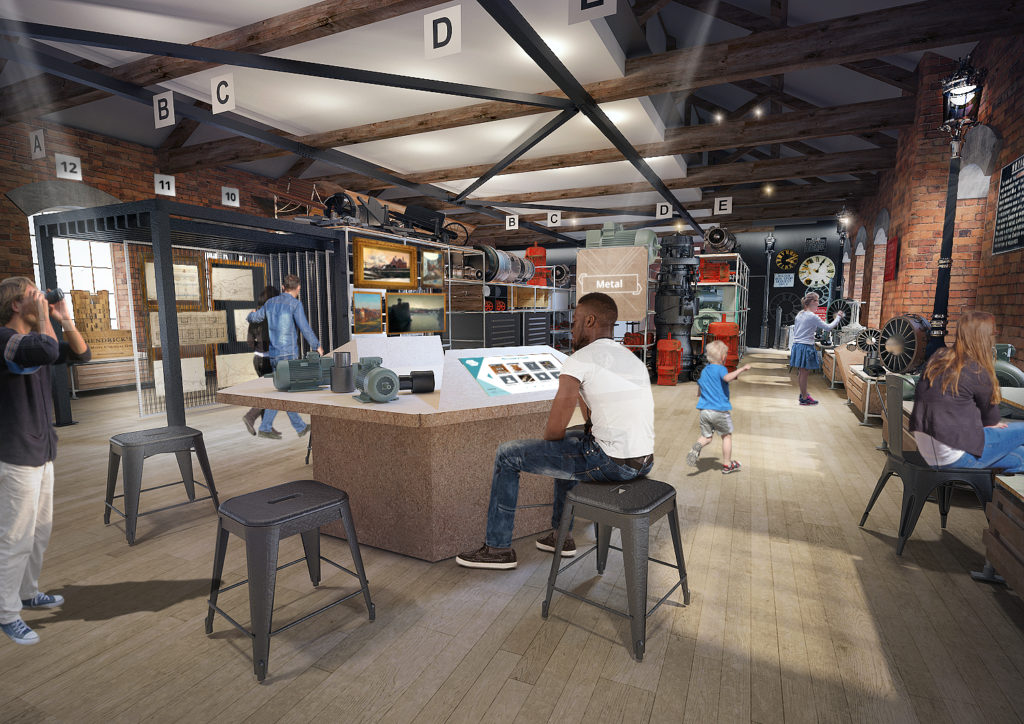There are many theories over how this may be achieved and we outline some of the most interesting ideas.
- Organisational structures – aligning to markets is effective provided the strategic business units are given sufficient authority. At a project level autonomous teams can be the best way of progressing radical innovations. Some companies have adopted an ‘innovation manager’ to help drive through change.
- Power structures – a strong relationship between manufacturing and R&D can nurture continuous improvement and break down the walls that seem to develop organically. The risk of poor cross-functional awareness is an ‘over the wall’ mentality where problems are thrown to the ‘other side’ to deal with instead of cooperatively through discussion.
- Symbols – recognising innovation and its contribution to the company through displays in the entrance hall, featuring in advertising, positive internal communication – can all promote pride and confidence.
- Stories – managers that use stories can communicate effectively and enlightening stories are inspirational.
- Routines and rituals – two elements of best practice is promoting new ideas and tolerating mistakes. eg DuPont’s use of the phrase ‘it was a good try’.
- Control systems – while new ideas should be encouraged they need to be managed and there are techniques available to manage this.
More tools and techniques for creating a culture of innovation are discussed in the tools section.












